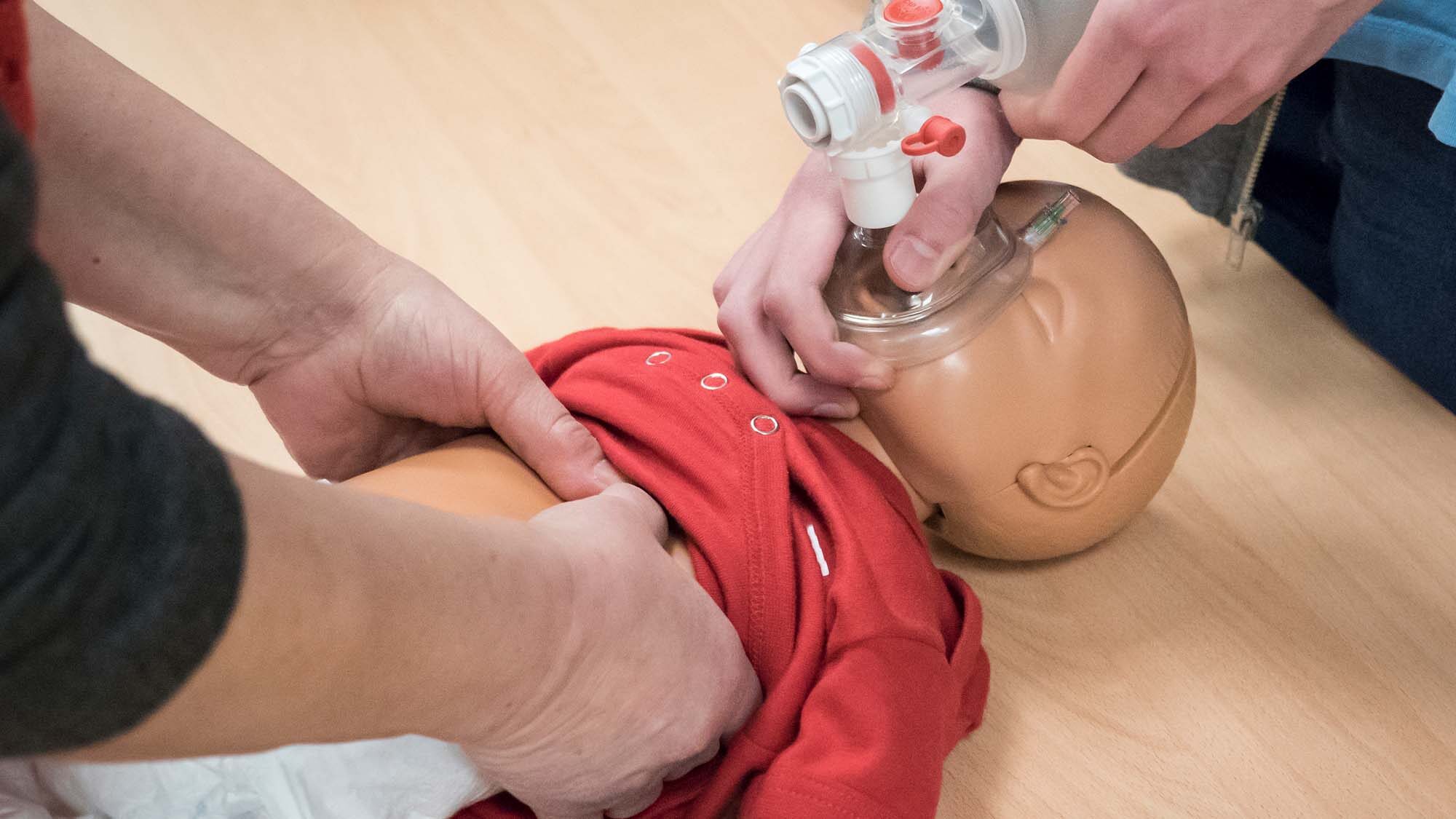Welcome to Critical Care Training Center!
We’re happy to introduce you to our new website ACLS123.com and newsletter. This newsletter is readable on your computer, smartphone and tablet! So take us with you whereever you go.
September 12 from 11a.m. – 1p.m!
See more details below.
Critical Care Training Center is a training site for the American Heart Association, Emergency Care and Safety Institute and American Safety and Health Institute.
Senior Olympics help older athletes stay motivated, fit
By Tony Overman, The Olympian, via AP
 Feeling a little extra incentive to get off the sofa and get moving during the London Olympics?
Feeling a little extra incentive to get off the sofa and get moving during the London Olympics?
Image: Art Turock, 62, left, of Kirkland, Wash., powers to the finish line July 28 in the men’s 50-meter dash at the Washington State Senior Games track and field competition in Tumwater, Wash.
You’re in good company, says Mike Sophia, CEO of the National Senior Games Association.
“One of the things I love the most about watching the Olympics is everyone gets inspired to start working out,” Sophia says.
No one is ever too old to start a fitness plan and reap the benefits, he adds. Being active improves sleeping, weight control, concentration and mood. Regular physical activity can help control blood pressure and cholesterol and may reduce the risk of conditions such as heart disease, stroke, diabetes, osteoporosis, depression, Alzheimer’s disease and erectile dysfunction, according to the Mayo Clinic.
Exercising is probably the single most effective way to decrease heart disease risk, the USA’s leading cause of death. The good news: 80% of it is preventable.
If you’re not active, ease into your workouts to prevent injuries. Make it part of your daily routine, getting a mix of aerobic, resistance and flexibility training. The government recommends adults get 150 minutes a week of moderate to intense exercise, but new studies show that less can be effective.
One of the tips in the Mayo Clinic’s book Healthy Heart for Life is to turn 10 minutes of sedentary time into active time each day: walk-and-talk meetings, short breaks to lift hand weights, and stationary bike rides while catching up on the TV news. Chances are once you get started, you’ll want to increase your commitment, the authors write, because you’ll feel better.
Still, the fired-up feeling you get from watching Jamaica’s Usain Bolt sprint down the track probably will cool off unless you have a long-range goal. Sophia has a way to help you make it stick.
He is lining up people 50 and older to compete at the 2013 Summer National Senior Games in Cleveland. Qualifying continues through the end of the year. He expects a record number of participants; about 10,000 competed in 2011. Read the entire article here.

ACLS123.com Critical Care Training Center’s upcoming schedule
Coming up in the second half of August:
August 15: PALS Recertification
August 16: BLS/CPR
August 18: ACLS, BLS/CPR
August 19: PALS
August 20: BLS/CPR
August 22: ACLS Recertification
August 23: BLS/CPR
August 25: ACLS, BLS/CPR (morning), BLS/CPR (afternoon)
August 26: BLS/CPR
August 27: BLS/CPR (morning), BLS/CPR (afternoon)
August 30: ECG & Pharmacology, BLS/CPR
August 31: ACLS Recertification, PALS RecertificationSee all upcoming classes here.
Chest Compression Only Saves More Lives
 The researchers say chest-compression-only CPR may be easier to learn and remember than traditional CPR, which alternates between chest compressions and mouth-to-mouth resuscitation. Non-medical personnel may be more willing to perform chest-compression-only CPR, as they may not want to do mouth-to-mouth resuscitation — especially on strangers.
The researchers say chest-compression-only CPR may be easier to learn and remember than traditional CPR, which alternates between chest compressions and mouth-to-mouth resuscitation. Non-medical personnel may be more willing to perform chest-compression-only CPR, as they may not want to do mouth-to-mouth resuscitation — especially on strangers.
There may be additional benefits to this method as well. The survival edge may occur because interrupting chest compressions — even just for rescue breathing– may further hamper blood flow, and it takes longer to get that blood flow back when it is time for more chest compressions, explains study researcher Bentley J. Bobrow, MD, of the Arizona Department of Health Services in Phoenix.
The new study adds to a growing body of literature that supports the use of chest-compression-only CPR by bystanders during cardiac arrest. Guidelines due out later this year are expected to endorse this method as equal to, if not better than, traditional CPR for nonmedical bystanders, according to information in an accompanying editorial. Read the whole article here.
SIX Ways You CAN Control Your Risk of Heart Disease
 Cigarette smoking is the most important preventable cause of premature death in the United States. It accounts for more than 440,000 of the more than 2.4 million annual deaths. Cigarette smokers have a higher risk of developing several chronic disorders. These include fatty buildups in arteries, several types of cancer and chronic obstructive pulmonary disease (lung problems). Atherosclerosis (buildup of fatty substances in the arteries) is a chief contributor to the high number of deaths from smoking. Many studies detail the evidence that cigarette smoking is a major cause of coronary heart disease, which leads to heart attack.
Cigarette smoking is the most important preventable cause of premature death in the United States. It accounts for more than 440,000 of the more than 2.4 million annual deaths. Cigarette smokers have a higher risk of developing several chronic disorders. These include fatty buildups in arteries, several types of cancer and chronic obstructive pulmonary disease (lung problems). Atherosclerosis (buildup of fatty substances in the arteries) is a chief contributor to the high number of deaths from smoking. Many studies detail the evidence that cigarette smoking is a major cause of coronary heart disease, which leads to heart attack.
The six major independent risk factors for coronary heart disease that you can modify or control:
- Cigarette and tobacco smoke
- High blood cholesterol
- High blood pressure
- Physical inactivity
- Obesity
- Diabetes









